California’s Fast Food Industry Continues Cutting Employee Hours Following Minimum Wage Increase
California’s fast food industry has been grappling with a significant change since April 1, when the minimum hourly wage for fast food workers jumped from $16 to $20.
This 25% increase aims to provide a living wage for over half a million fast food workers, many of whom struggle with multiple jobs.
Impact on Staffing Levels
Lawrence Cheng, whose family owns seven Wendy’s locations, has reduced his afternoon shift staffing from nearly a dozen employees to just seven. He often fills in himself to manage the workload.

Source: RDNE Stock project/Pexels
“We kind of just cut where we can,” Cheng explained, hoping that a busy summer will offset the increased labor costs.
Adjusting Business Operations
Juancarlos Chacon, owner of nine Jersey Mike’s in Los Angeles, has had to increase menu prices significantly. A turkey sub that used to cost under $10 is now priced at $11.15.
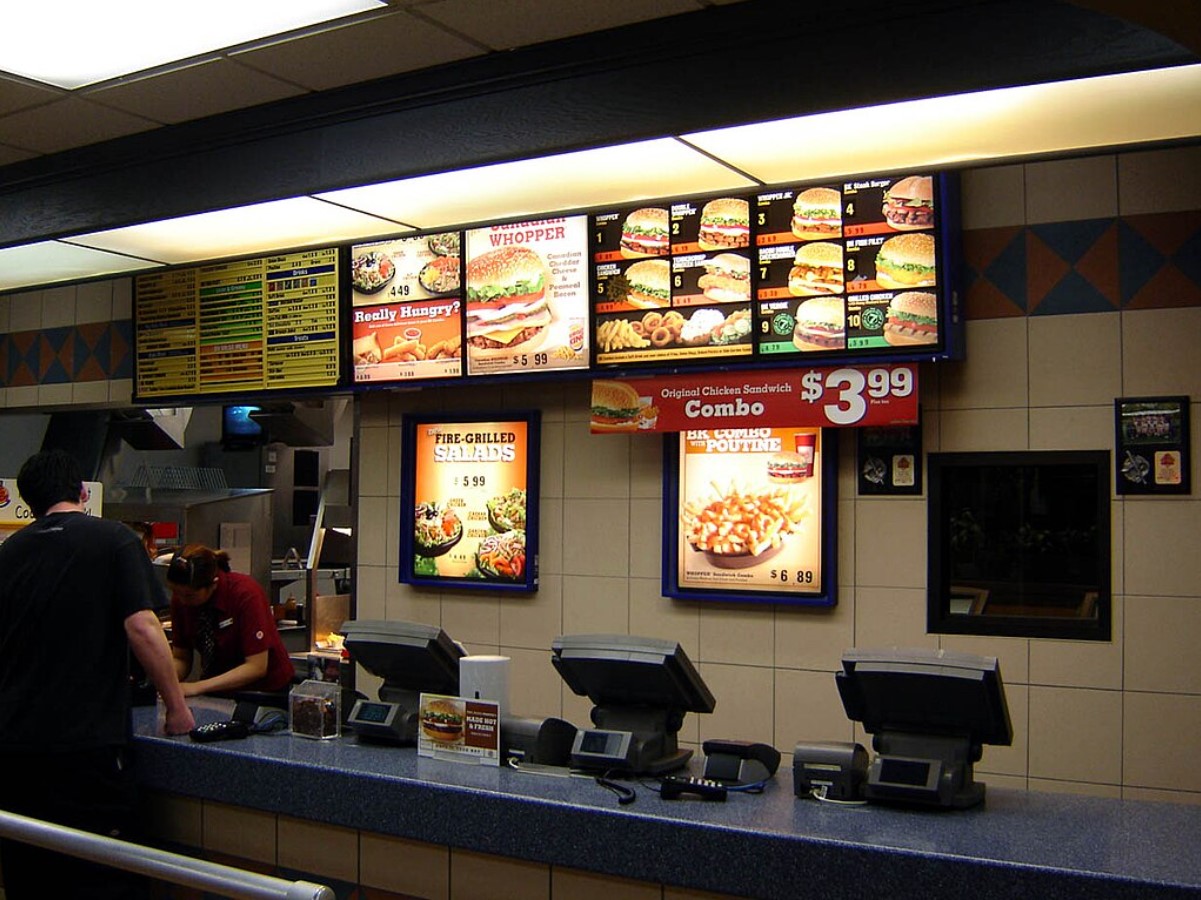
Source: Wikimedia
Chacon has also reduced morning and evening staffing, cutting part-time employees from 165 to about 145 to manage costs.
Job Growth Amidst Challenges
Despite the concerns, the industry has seen job growth. According to the U.S. Bureau of Labor Statistics, 8,000 new jobs were added in the first two months after the wage increase.

Source: Markus Spiske/Unsplash
Joseph Bryant of the Service Employees International Union noted that higher wages are attracting better job candidates, reducing turnover.
Corporate Strategies and Automation
Aaron Allen, founder and CEO of a global restaurant consulting firm, predicts a divide between large corporations and smaller chains.
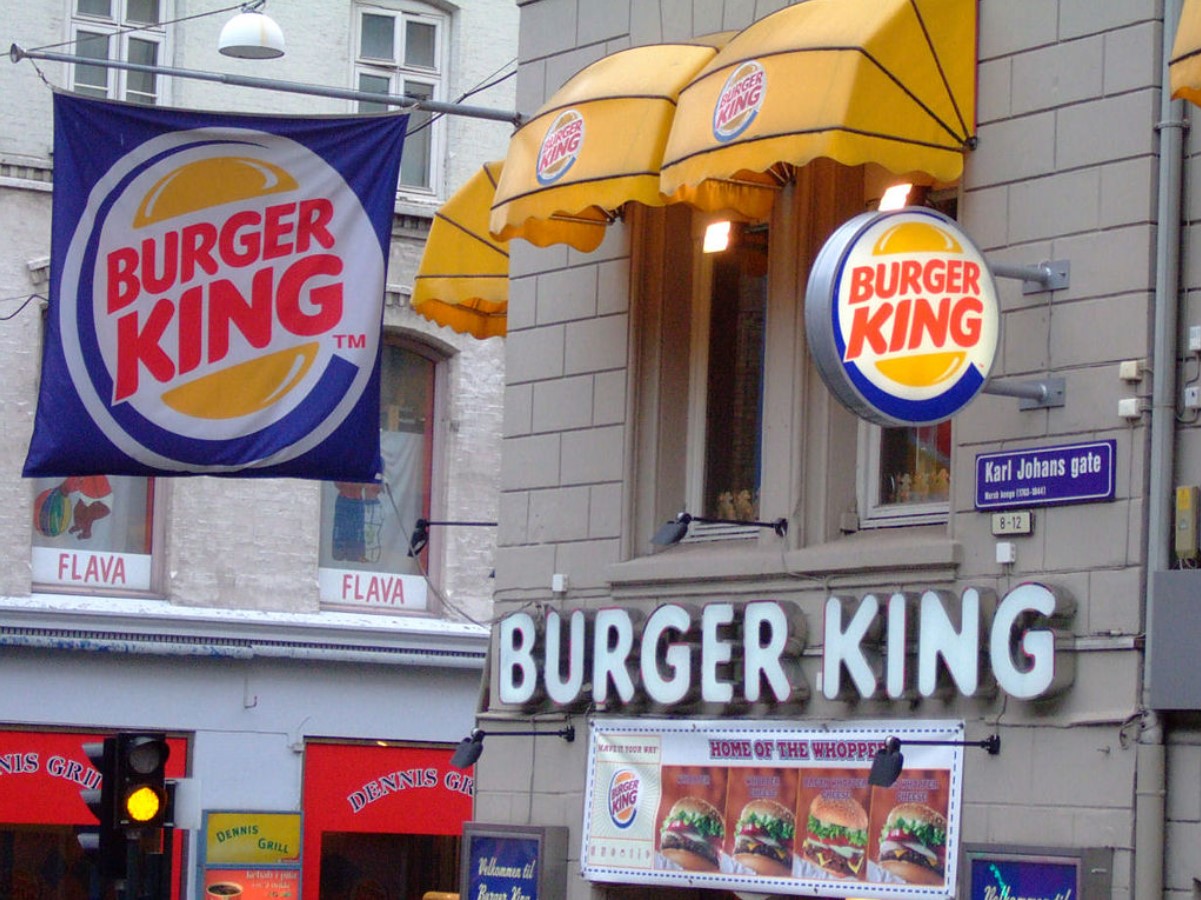
Source: Wikimedia
Companies like McDonald’s can invest in automation and menu reconfiguration to reduce costs, whereas smaller chains may struggle to survive or face major store reductions.
Personal Sacrifices and Price Increases
Cheng has no plans to lay off any of his 250 employees but has cut overtime and reduced the number of workers per shift.
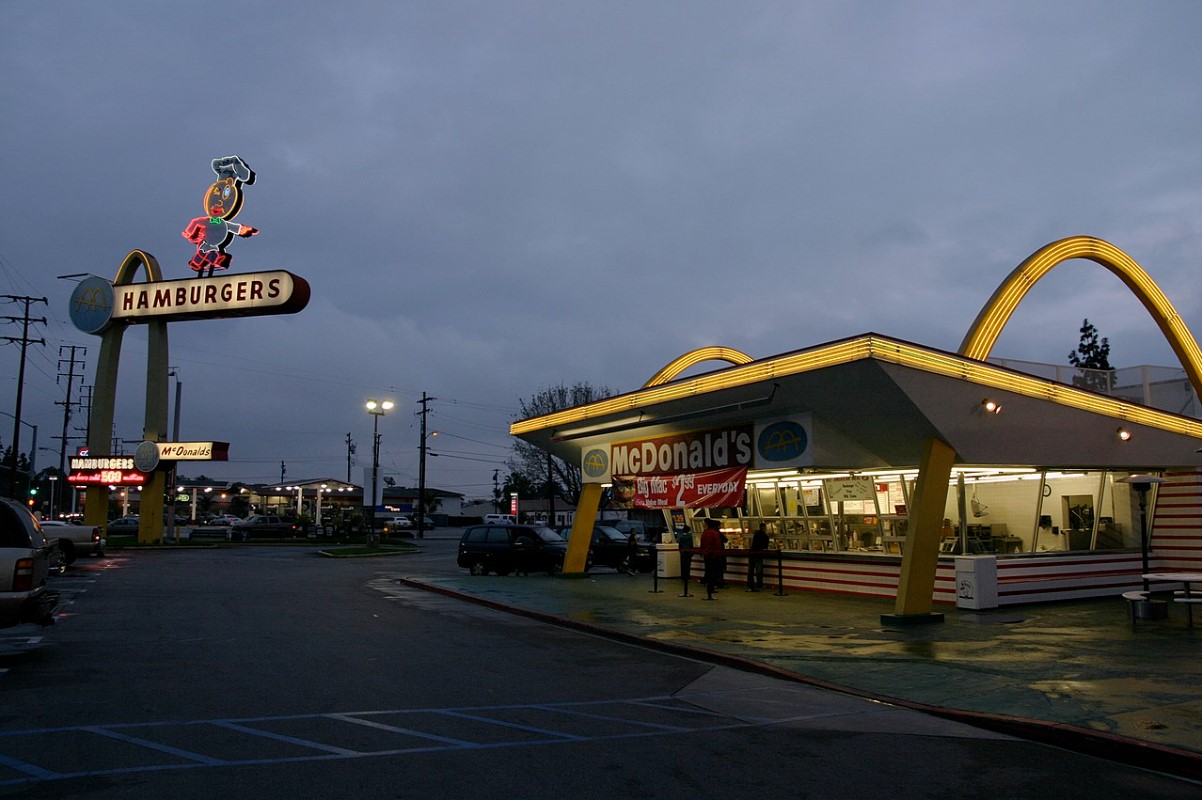
Source: Wikimedia
Despite an 8% menu price increase in January, Cheng reported being $20,000 over budget for a two-week pay period. Rising rents and food costs further strain his business.
Employee Perspectives
Julieta Garcia, who works at a Pizza Hut in Los Angeles, now enjoys more time with her son due to reduced workdays. The extra income has helped her manage bills and healthcare expenses for her child.
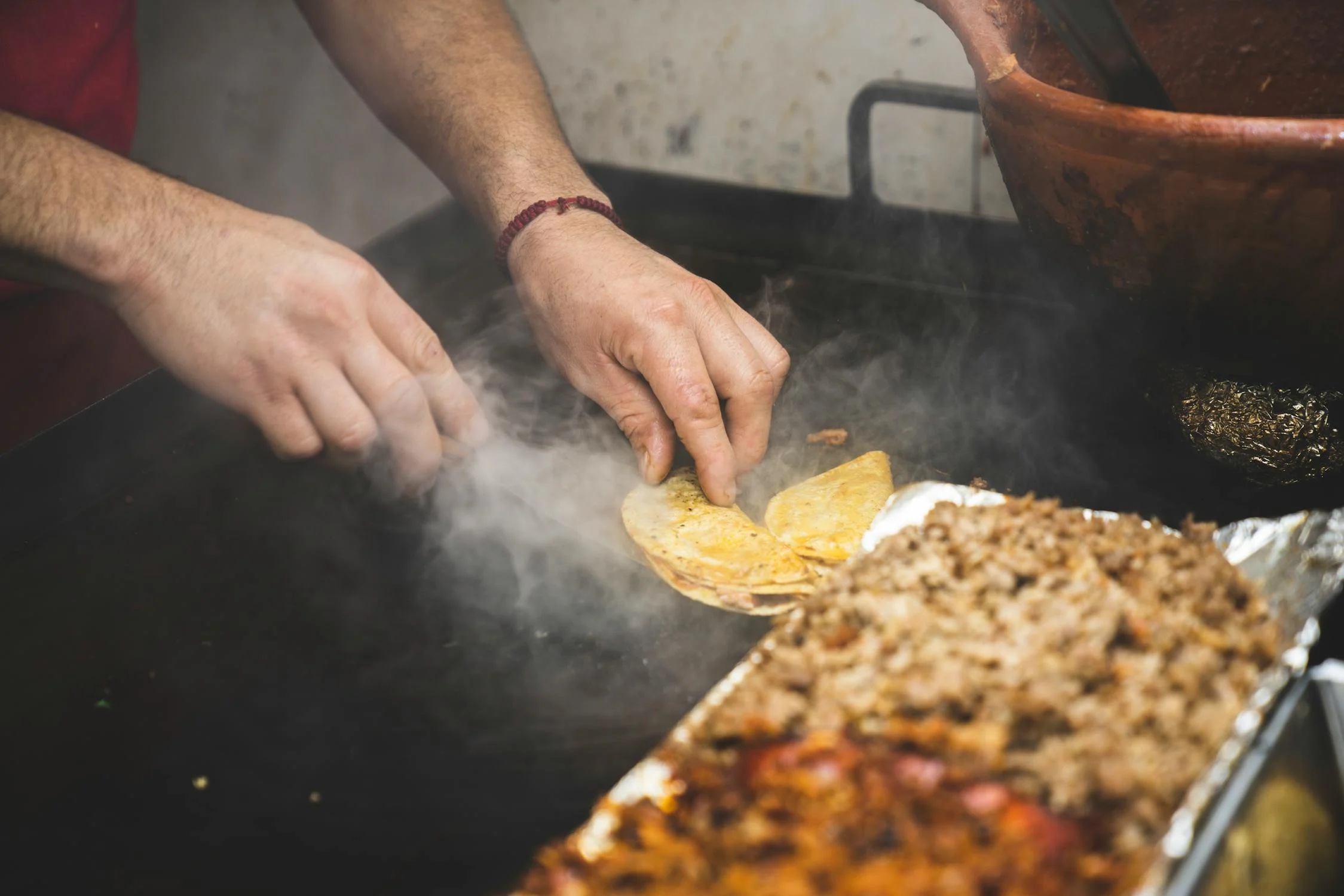
Source: Los Muertos Crew/Pexels
Similarly, Howard Lewis, a retiree at Wendy’s in Sacramento, has been able to invest his increased earnings.
Governor Newsom’s Justification
Governor Gavin Newsom defended the wage hike, emphasizing the need to provide a living wage for fast food workers.
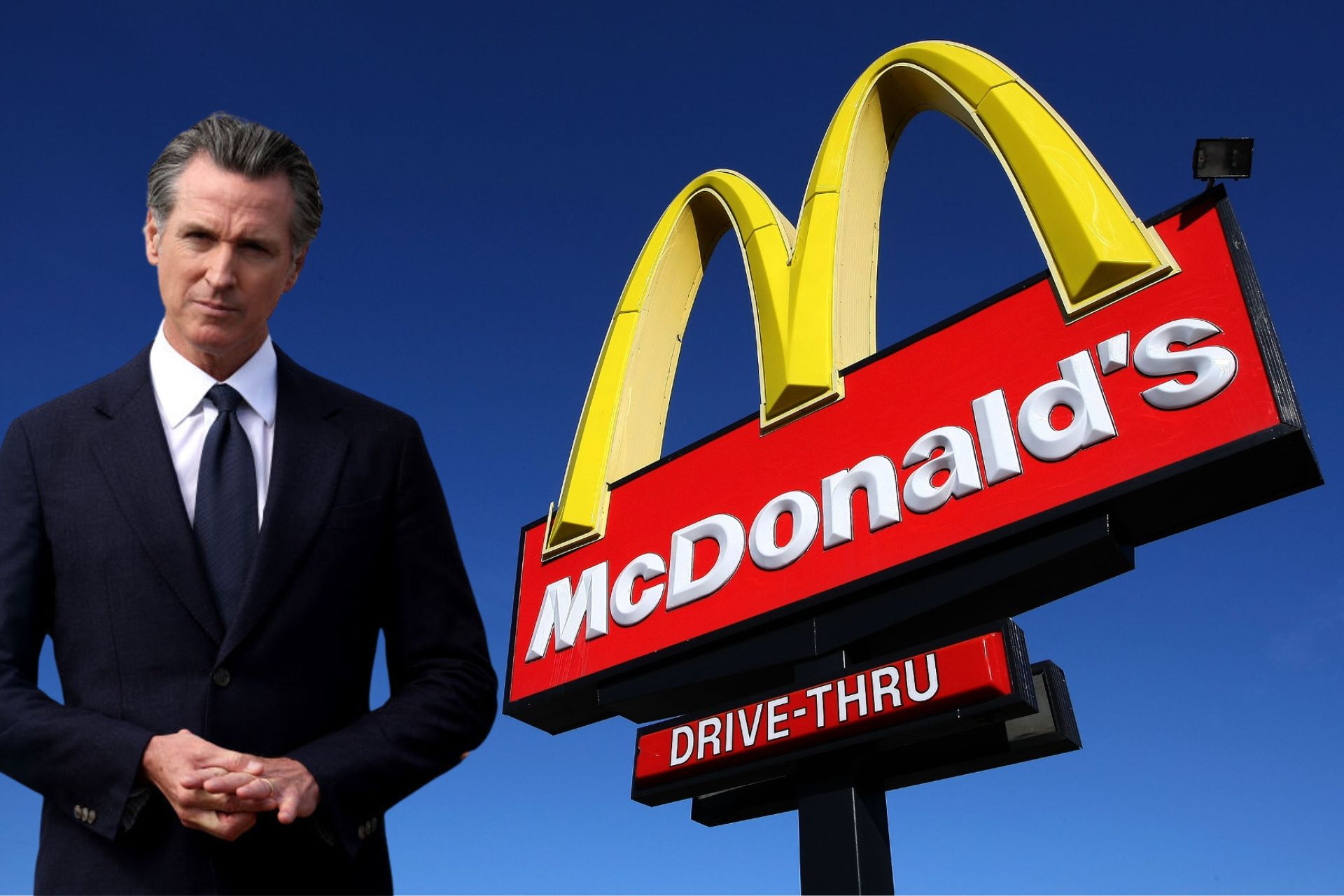
Source: Justin Sullivan/Getty Images/Getty Images
“We are a state that gives a damn about fast food workers — who are predominantly women — working two and a half jobs to get by,” he stated in his address.
Mixed Outcomes for Managers
For Enif Somilleda, a general manager at Del Taco in Orange County, the wage increase has been a double-edged sword. While it has improved her financial situation, she now manages more work with fewer employees per shift.
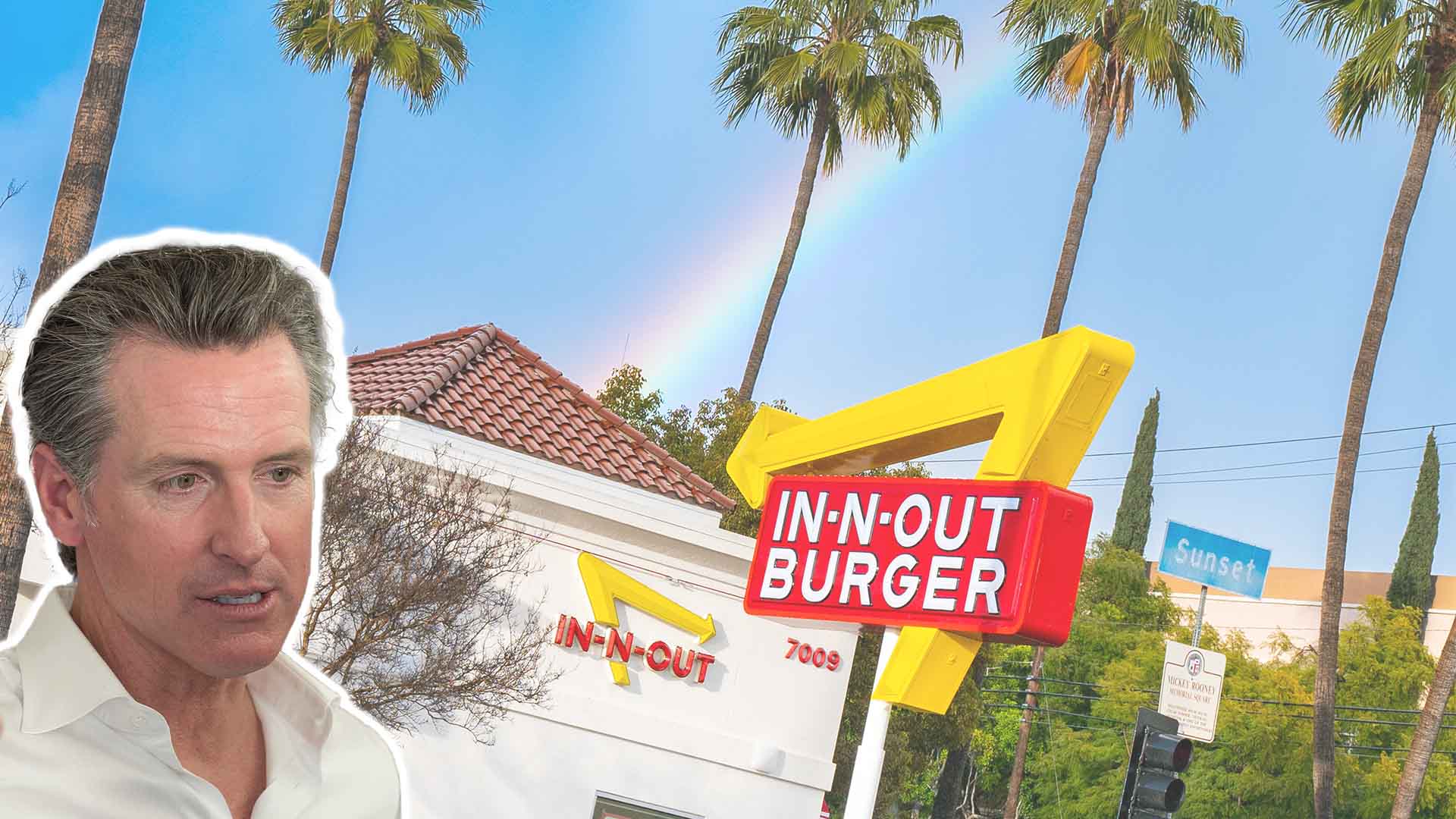
Source: AaronP/Bauer-Griffin/GC Images; Daniel Nesbitt/Wikimedia Commons
“Financially it has helped me,” she said, “but I have less people, so I have to do a lot more work.”
Future Predictions
Experts are cautiously optimistic about the long-term impact of the wage increase. Past wage hikes in California and New York saw continued job growth despite initial fears.

Source: Freepik
A University of California, Berkeley study supports this, suggesting that higher wages do not necessarily lead to job losses.
Community Impact
The wage hike has had a ripple effect in the community. Families of fast food workers are experiencing financial relief, enabling them to invest in their future and manage everyday expenses better.
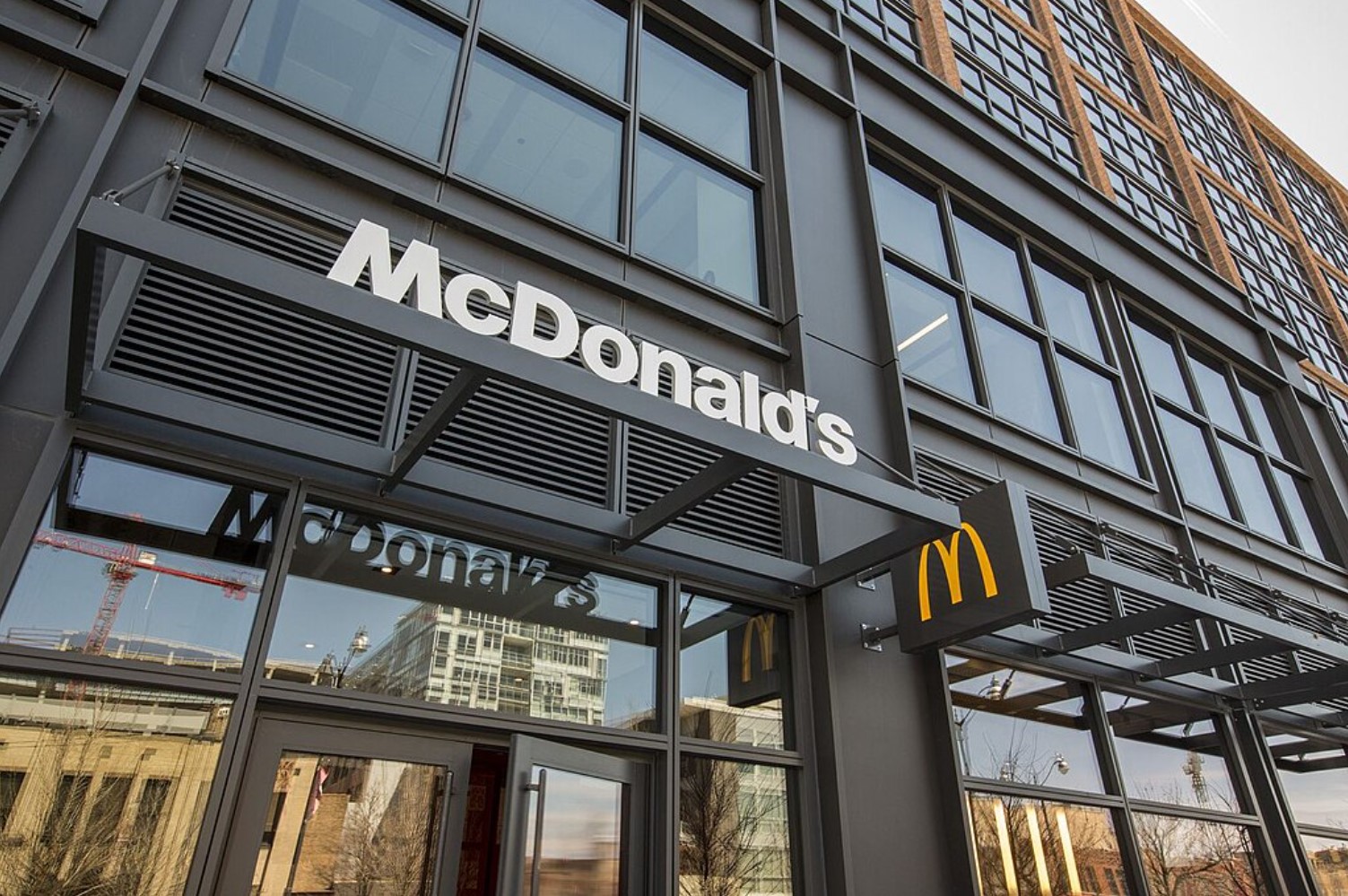
Source: Wikimedia
However, the increased costs are also passed on to customers, affecting their dining choices.
A Complex Balance
California’s fast food industry is navigating a complex balance between fair wages and sustainable business operations. While the wage increase aims to uplift workers, it poses significant challenges for operators.
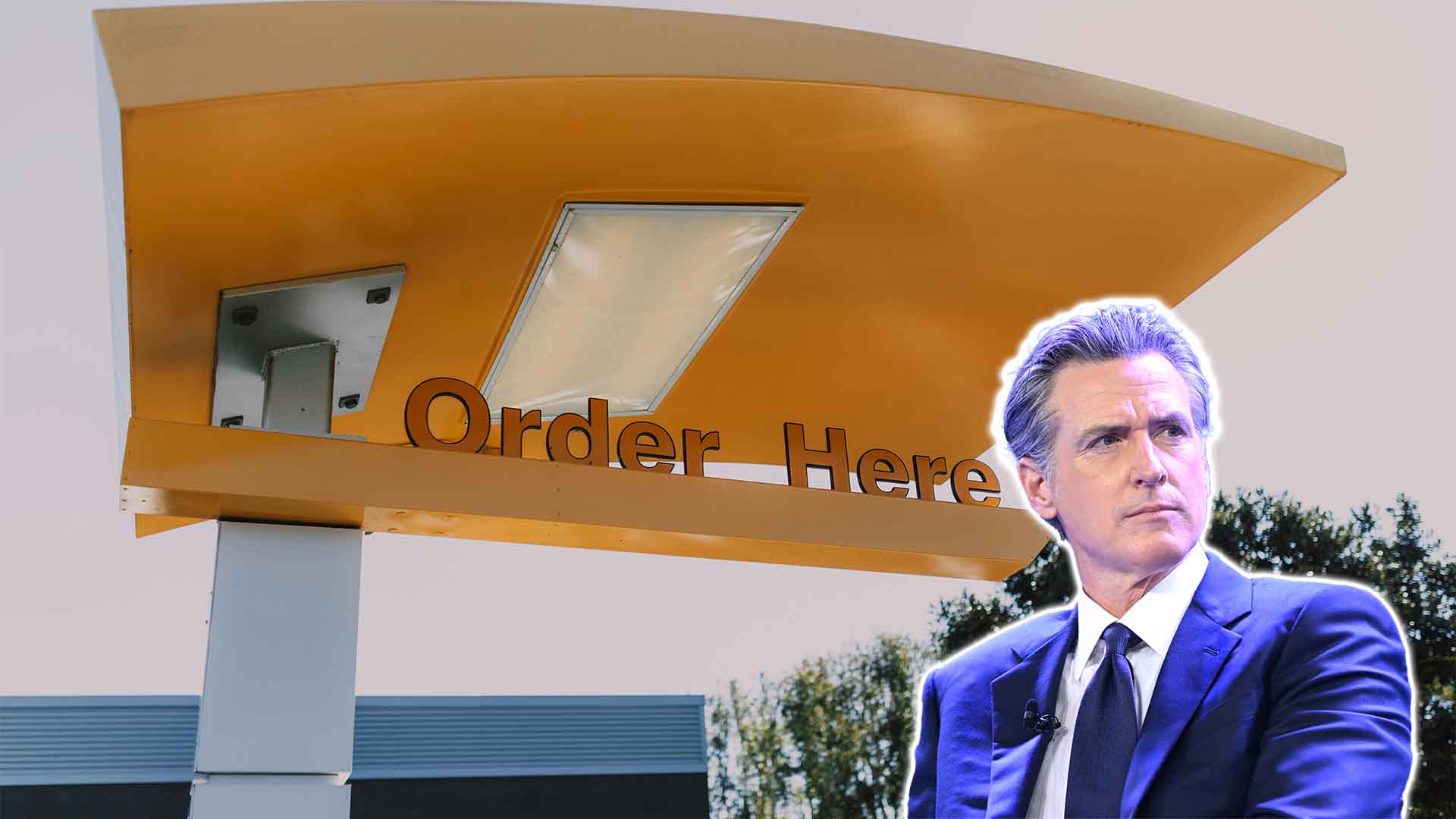
Source: Noam Galai/Getty Images for Clinton Global Initiative; RDNE Stock project/Pexels
The coming months will reveal more about the long-term effects and how businesses adapt to this new economic reality.
